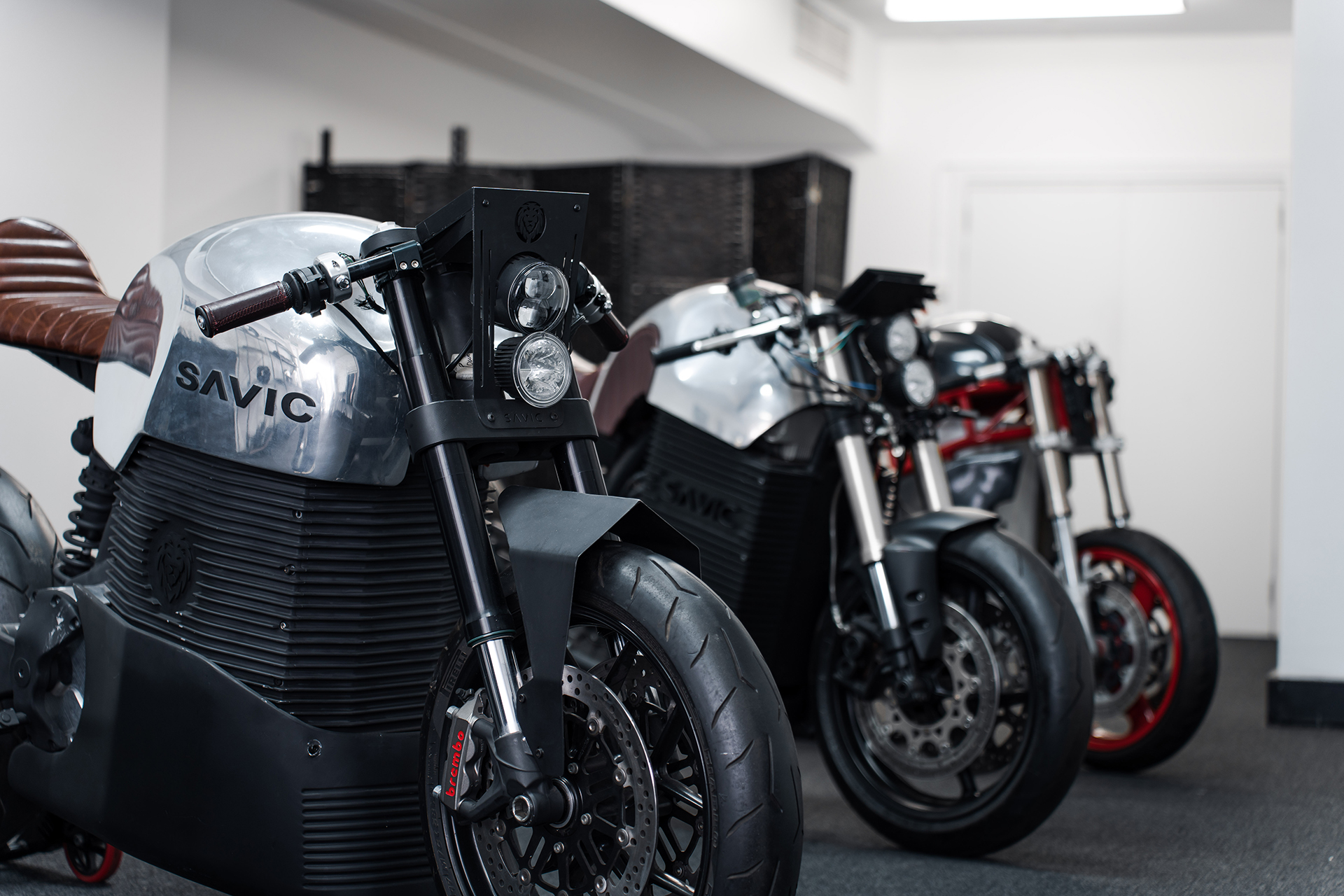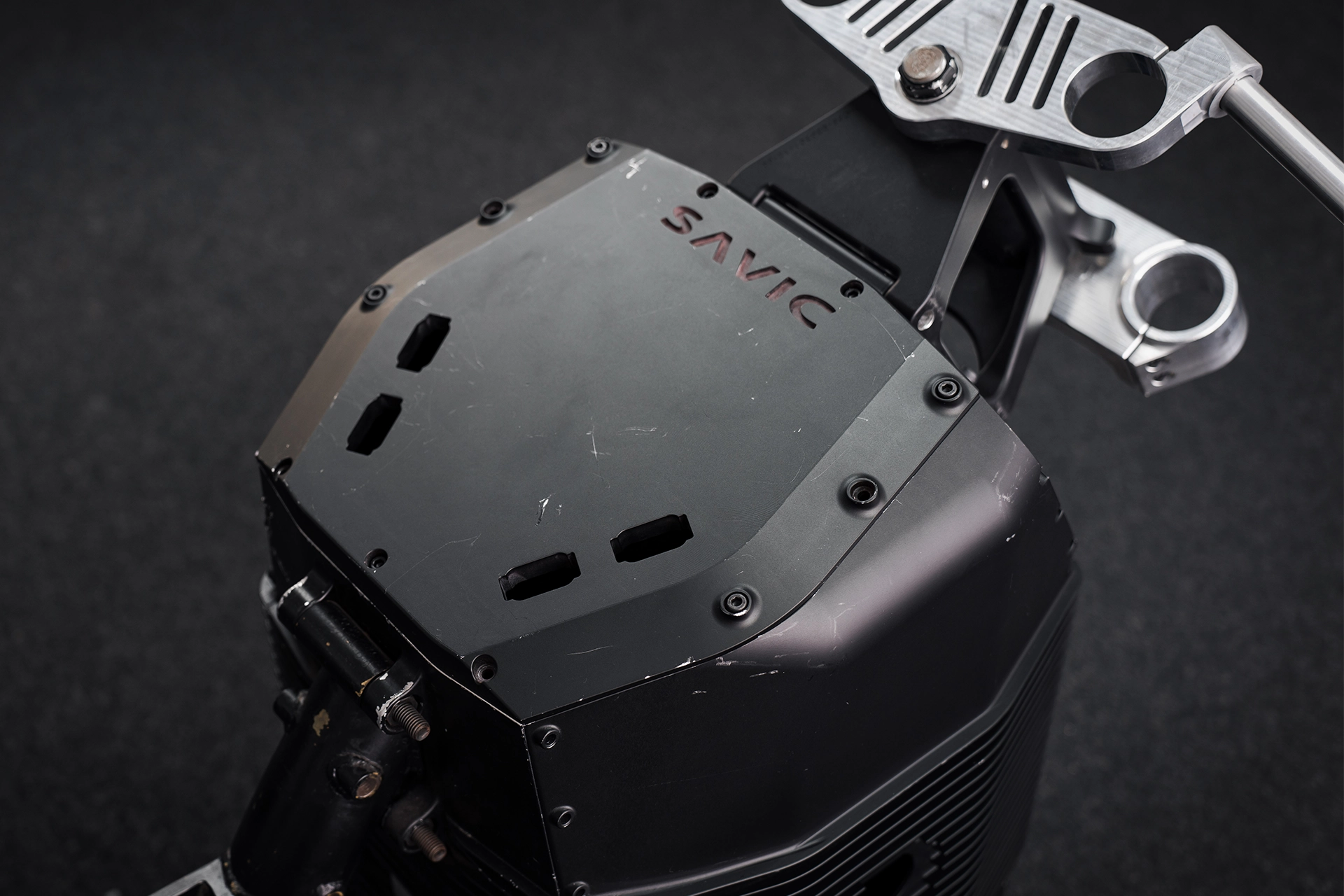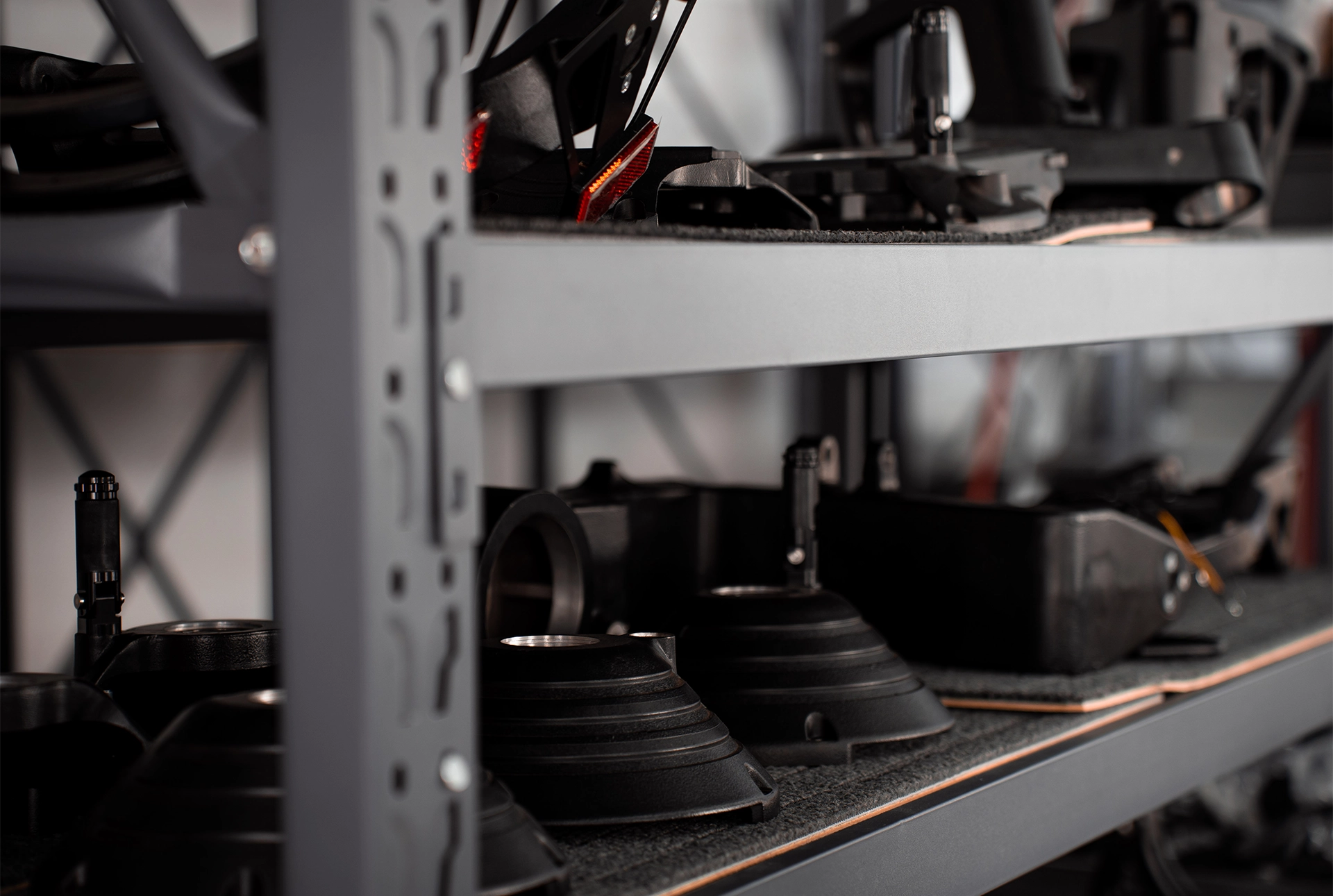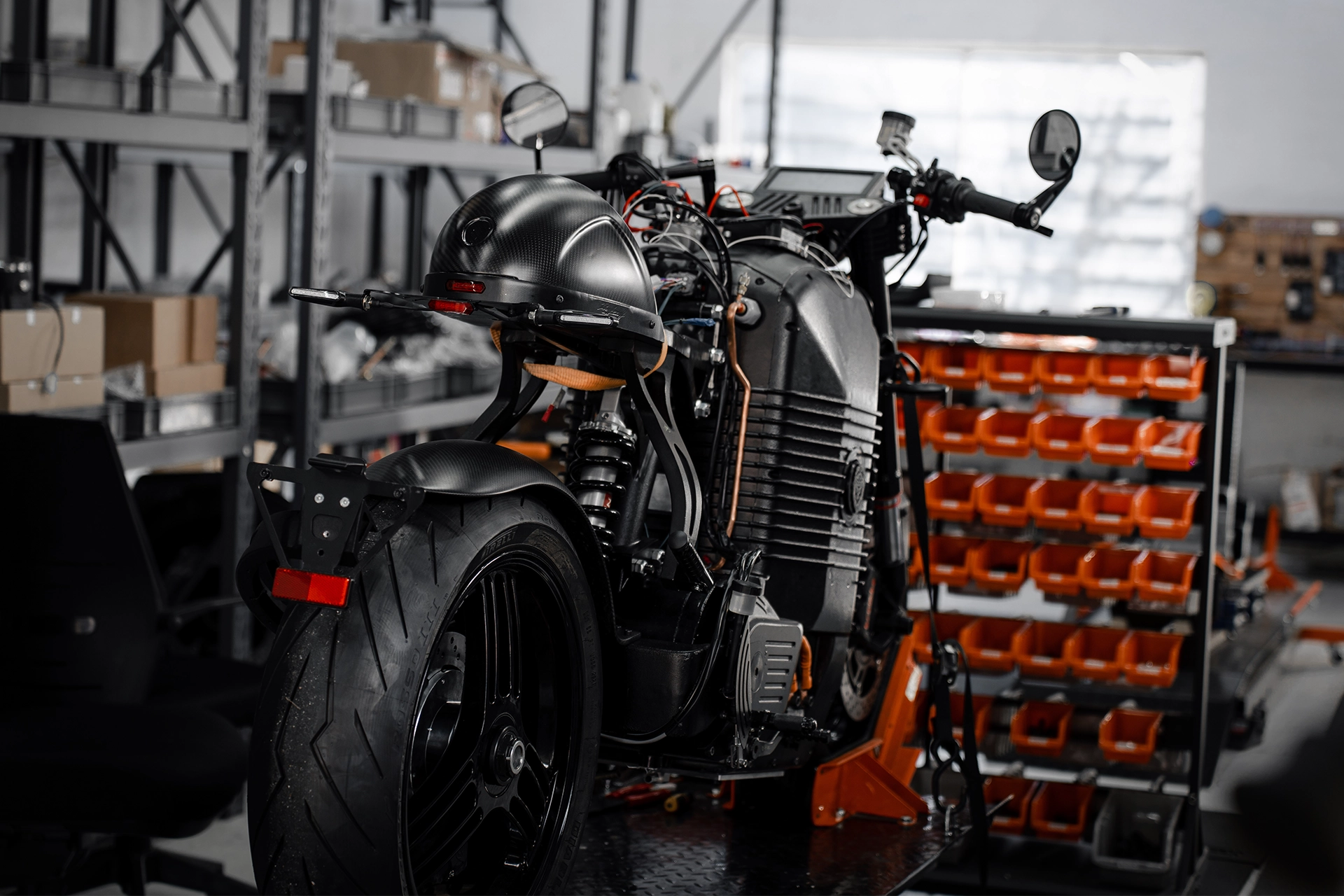Perfection, they say, is the enemy of good. Here at Savic Motorcycles, we may have a case to answer. Over the past six years, we’ve been busy updating and refining the design of our C-Series motorcycle and our SM1 powertrain technology – tackling design challenges never faced before in Australia, but also creating new hurdles as quickly as we could vault the old ones.

Throughout five design phases and prototypes, we’ve adopted hundreds of design changes, ordered dozens of new parts, and assembled multiple (initially questionable) vehicles. With 350-odd components, there were literally hundreds of parts that had to be meticulously machined, tested, refined and retested – and it often seemed we would never get to the top of the mountain we’d set out to scale.
But now that we’ve finally reached that summit, and transitioned the C-Series from a crude ensemble of metal and rubber to a sophisticated, feature-rich motorcycle, we can reflect on an array of “lessons learnt” arguably unmatched in Australian motorcycling history.
Our six-year journey has led the Savic Motorcycles team to reengineer parts which would fail under load or wouldn’t fit or align, rotary components that would seize, electronics that would burn or function in an unintended manner, and software that worked perfectly – only to break after integrating a seemingly minor and unrelated piece of code.
As far as the design was concerned, a lot of the devil was in the detail: handlebar positions that didn’t feel right, seats that dug into your thighs, electrical or software elements that needed tweaking and retweaking to reach our sky-high UX standards. The requirements of homologation also had us shifting components by a few millimetres to align with the stringent standards of the Australian Design Rules.

But despite all the hurdles and frustrations, each tiny improvement, each successful refinement, ultimately contributed to a Zen-like sense of achievement among our team. The constant back-and-forth, the customer feedback, the occasional stinging criticism, all contributed to a feeling that we had really achieved something momentous. We’d not just built a motorcycle that could hold its own with the best high-performance bikes in the world; we had developed a vehicle that our customers really wanted, that would be safe and reliable, legally compliant, and commercially viable – in short, a winning consumer proposition.
Now the real challenge begins: to build our bikes at scale, efficiently and affordably, while maintaining the highest standards of quality, reliability and support. Developing our supply chain will hold the utmost priority for the team, given its impact on lead times and build schedules, and the obvious benefits for both the business and our customers through collaborative relationships that will allow us to procure sophisticated components quickly and cost-effectively. Strong supplier relationships also hold the key to discovering new and emerging technologies that will continue to improve the features, quality and potential of our vehicles.

Our supply chain will not only be critical for rapidly upscaling production, but for securing the best materials and most suitable manufacturing methods for each of our components. Strict manufacturing, logistics, assembly and quality processes have been introduced to ensure that parts arrive within acceptable timeframes, while retaining their original engineering specifications and mitigating any risks of damage in transit – all while optimising our expenditure as best as possible.
It is relatively simple to design something that works in a computer-simulated environment, or when there is less time pressure and more potential for workarounds. The real challenge is designing and initiating controls to ensure that each supplier produces the same parts every time, controlling the positional accuracy of every feature – sometimes to within hundredths of a millimetre. Our assembly team has to manage hundreds of individual parts in the same way every time, to ensure that we’re producing precisely the same bike on each occasion.
This issue of replication also brings challenges with timing, warehousing and logistics. Order quantities and scheduling need to take into account of how long our suppliers require to produce parts, how long it takes to get them here, and how much we’re able to warehouse at any given time. Our factory is a modest but capable setup, with an estimated production potential of 40 vehicles per month – but achieving this will require careful utilisation of every inch of space, and a delicate balance between floor space devoted to assembly, storage, testing, and other support processes.

Our team has always shared the dream of producing beautiful and powerful motorcycles, in the hope of one day seeing them out on the street with their happy owners off to work, or out for a leisurely spin. As we get closer to that day, our engineering team is proud to have developed a solid foundation for the processes and procedures that will ensure we are building and delivering vehicles that meet the very highest standards of performance, connectivity, safety and reliability. The road that brought us here may not always have been flawless – but our end product will be as perfect as we can make it.